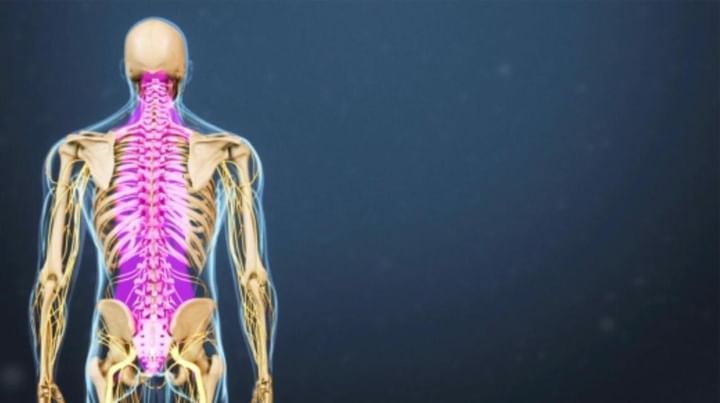Physiotherapy Treatment for Spinal Arachnoiditis
SPINAL ARACHNOIDITIS
Arachnoiditis of the spinal cord is a non specific inflammatory disease of the arachonoid membrane which is characterized pathologically by thickening of the arachnoid membrane with adhesion or adherence to the dura matter and manifested clinically through roots or radiclar signs and symptoms.
CLINICAL FEATURES
Arachnoiditis is usually seen in 40 to 60 years of age but rarely below 20years.
Onset: it can be acute or sometimes it may take months.Pain: pain is usually localized type with a burning character. Later the painstarts radiating down the lower limb due to nerve root irritation.
Paresthesia: this also takes place due to irritation of the sensory nerve roots.
Sensory loss: this occurs when the sensory nerve roots get completely blocked.
Muscle weakness with atrophy: although the anatomy of the motor nerve roots make them less prone to get compressed, it can happen in the later stage which will then give rise to weakness and wasting of the corresponding muscles.
MANAGEMENT
The medical management usually consists of corticosteroids in acute stage of inflammation. NSAID for pain relief and inflammation.
Surgical management consists of Rhizotomy in cases of unbearable pain.Surgical decompression for removal of cyst.
PHYSIOTHERAPY MANAGEMENT comprises of
Moist heat mainly for reducing the muscle spasm.
SSF also relieves pain by reducing spasm and by increasing the blood supply to the area. In case of radiating pain due to involvement of nerve roots the patient may be treated with TENS. Even in cases of paresthesia TENS is usually used.
Laser has been found to reduce the inflammation and also break the adhesion in the deep seated structures which helps in setting free the irritation on the nerve roots thereby relieving the discomforts of the patient.
Active exercises like static exercises for the abdominus, back extensor, gluteus and quadriceps helps in reducing pain in the initial stages and also maintains the tone in the muscles.
Dynamic exercises may be started once the pain level comes within the patient’s tolerance level. These exercises may be continued by the patient throughout the life for preventing any chances of recurrence.
SLR: Active and passive SLR is given to lengthen the neural structures and relieve the tension in them. This is a type of neural mobilization that helps in relieving the signs of radiculopathy.
Gait training in cases of muscular weakness.



+1.svg)
